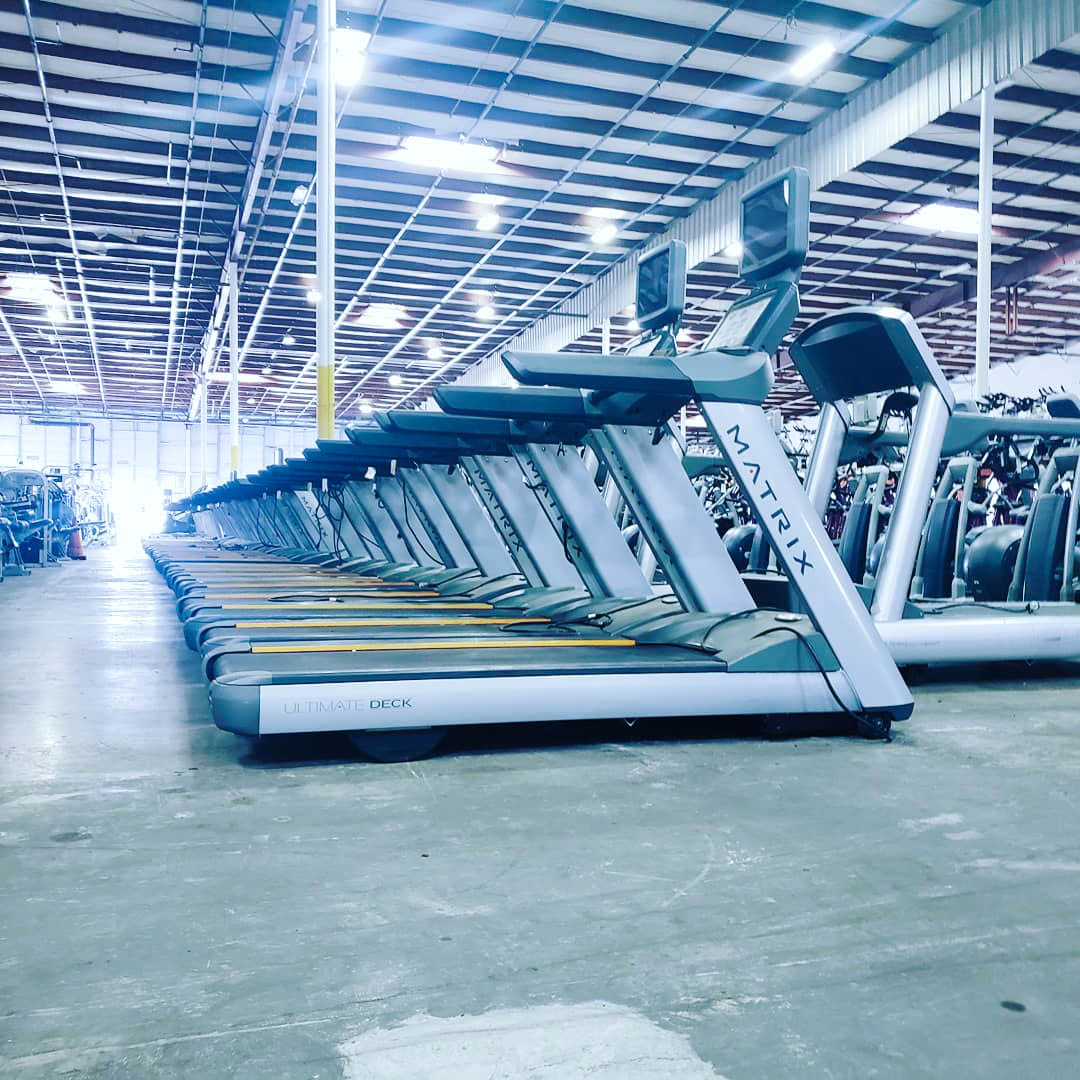No products in the cart.
Articles, Blog, Fitness, Product Spotlight
How to Prevent Power Sharing Issues with Treadmills
Treadmills have become one of the most popular exercise equipment used in gyms and homes worldwide. They offer a convenient and effective way to burn calories, improve cardiovascular health, and maintain a healthy weight. However, despite their popularity and numerous benefits, treadmills are not without their issues. In fact, treadmill users often encounter common problems that can significantly affect their workout experience.
What does it mean when treadmills share power?
Multiple treadmills connected to the same electrical circuit often cause a common issue of power sharing. This results in a reduction in the amount of power available to each individual treadmill, which can cause various problems for users. One of the most common complaints is that the treadmills suddenly slow down or stop working altogether, which can be a source of frustration and inconvenience for gym-goers who are looking to complete their workout routines efficiently. Individuals who have multiple treadmills at home may also encounter power sharing problems if they connect them all to the same electrical circuit. Moreover, the issue of power sharing can also affect other types of fitness equipment that rely on electricity. Thus, it is essential to understand the causes and solutions for this problem to ensure that users can enjoy uninterrupted and efficient workouts.
What causes sharing power in treadmills?
Sharing power is caused by the fact that most treadmills are designed to operate on a 120-volt circuit, which is standard for residential outlets. However, when multiple treadmills are connected to the same circuit, the power draw can exceed the circuit’s capacity, causing voltage drops and fluctuations.
How to avoid this?
To avoid sharing power issues, gym owners and operators can take several steps.
-
Hire an expert – Hire an electrician to install dedicated circuits for each treadmill. This will ensure that each treadmill has its own power supply, eliminating the risk of power sharing.
-
Scheduling usage – Owners can schedule treadmill usage to prevent too many treadmills from being used simultaneously.
-
Opt for top-of-the-line treadmills – Invest in high-quality treadmills that have low power draw. Reducing the risk of overloading circuits, some treadmill models are designed to operate on as little as 10 amps. Investing in these types of treadmills can be a cost-effective way to prevent power sharing issues.
“By investing in quality equipment and regular maintenance, treadmill users can enjoy a reliable and efficient workout experience”
Treadmills can also encounter other common problems such as belt slippage, motor issues, and electronic malfunctions. These issues can be frustrating for users and can result in downtime for gym owners. Regular maintenance of treadmills can help to prevent these problems and ensure that they are always in optimal working condition.
Treadmill users, particularly in busy gym environments, commonly encounter the problem of sharing power. While it can be frustrating, there are several solutions available to prevent this problem, including dedicated circuits and low-power treadmills. By investing in quality equipment and regular maintenance, treadmill users can enjoy a reliable and efficient workout experience.




